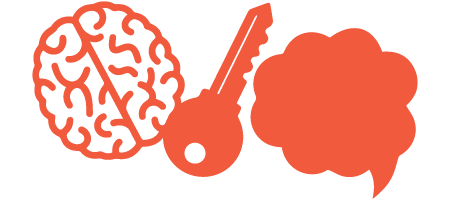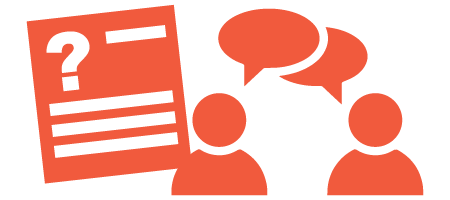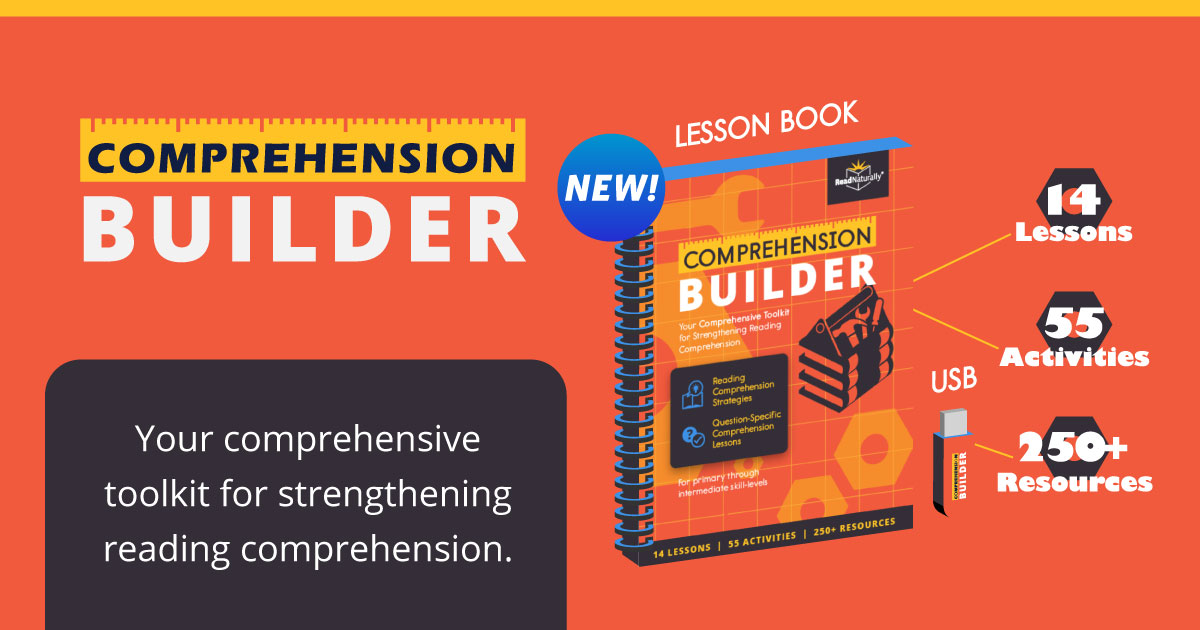
Detail or literal questions have answers that are found directly in the text. Being able to answer them lays the groundwork for later making inferences or summarizing what has been read. These questions might take the form of multiple choice, fill-in-the-blank, or sequencing activities.

Short-answer questions require students to construct a response. A good short answer makes it clear what question it is addressing, often by restating part of the question in the response.

Vocabulary questions help students determine or confirm the meaning of words within context. These questions may include identifying synonyms or antonyms, replacing a word in a sentence, or matching words with their meanings.

To identify the main idea of a text, readers must determine what the passage is mostly about—the major idea the author is communicating. Supporting details are the facts and examples that reinforce this idea. Students need to learn to distinguish between main ideas and supporting details to accurately summarize or explain what they have read.

Understanding the difference between facts and opinions helps students evaluate text accurately, identify the author's purpose, and think critically about the meaning of the text. These questions encourage readers to recognize bias and to separate objective information from personal viewpoints.

Recognizing cause-and-effect relationships enables students to connect events, understand why things happen, and follow the sequence of a text. When readers can identify what happened (effect) and why (cause), they deepen their understanding of the author's purpose and how events or ideas relate.

When students identify similarities and differences between ideas, characters, or events, they strengthen comprehension and retention. Teachers can support this process by using graphic organizers such as Venn diagrams or teaching analogies that highlight meaningful connections and distinctions.

The three main purposes for writing are to persuade, to inform, and to entertain. To determine the author's purpose, students must learn to recognize common text structures and signal words. Understanding the author's intent helps readers interpret tone, evaluate effectiveness, and respond thoughtfully to the text.

Many texts include charts, tables, diagrams, or illustrations that convey key information. Students must learn to interpret this graphical information to fully comprehend the text. They may need to determine how a graphic supports the passage or draw inferences by combining information from both sources.

Answers to inferential questions are not stated directly in the text. Students must look for clues, draw on prior knowledge, and consider what the author implies to reach a logical conclusion. This higher-order skill helps readers think beyond surface-level details.

Retelling and summarizing require students to determine what is important and express it in their own words. The requirements for this kind of activity can be scaffolded—from simple oral retellings where students state something they learned in the story, to written retellings that include key details, and eventually to concise summaries that identify the main idea and supporting details.
















.png)








